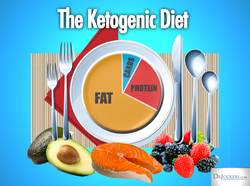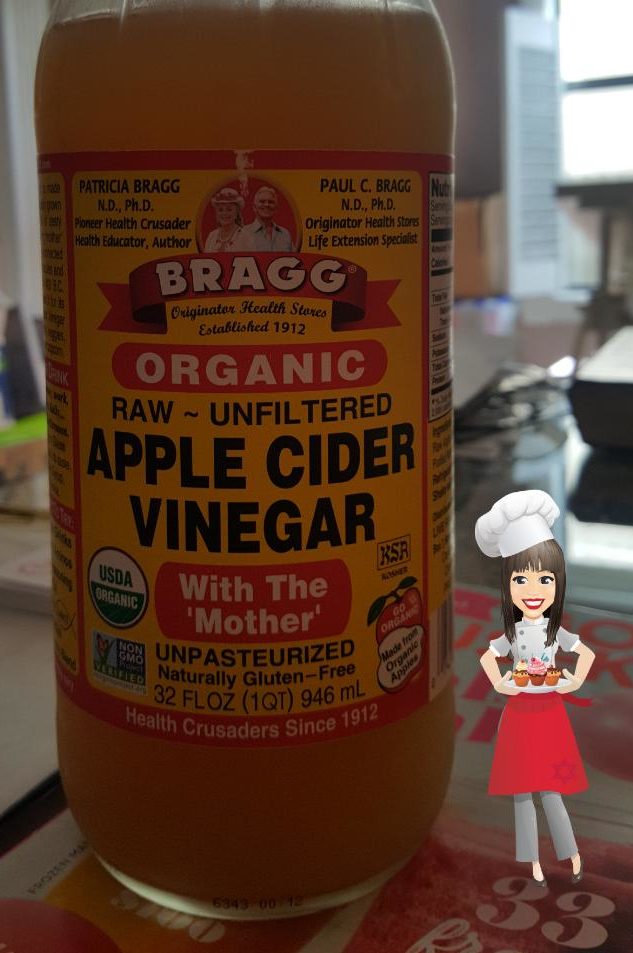 KETOGENIC DIET: The Ketogenic diet is one of the more popular diets around, encouraging dieters to consume fat for fuel and avoid carbohydrates. The goal of the Ketogenic diet is to get the body to a state of Ketosis, at which time the body burns fat for fuel instead of Glycogen (a form of sugar that can be easily stored by our muscles and liver. It is the predominant storage form of glucose and carbohydrates in animals and humans). The options on the Ketogenic diet are somewhat limited, especially when it comes to incorporating fruits and vegetables. Really, the Ketogenic diet does not necessarily distinguish between the carbs in a piece of bread vs. a piece of broccoli, although the latter is usually encouraged. The amount of foods rich in any sort of carbohydrates is discouraged, which necessarily means a reduction in certain nutrient-rich foods. "EATS for LIFE's" GOAL (Eliminate Processed Sugars & Grains): The goal is to eliminate pathogenic fungi and reduce exposure to poisonous mycotoxins. The net result, however, of both diets often includes weight loss and relief from other health problems. Even so, on my List of Acceptable Foods, you are not only eliminating foods that promote fungal grown in your gut but you are eating foods that help replenish your body in order to begin the process of healing through the absence of inflammation caused by sugars and grains. So remember to "Eat for Life" and be blessed.
1 Comment
 If you remember, as I do, rooting for Popeye to hurry up and eat his spinach, then you can just hear me rooting for you to hurry up and eat your spinach. Although it's had a bad rap for so long, there are way too many health benefits to this magnificent green leaf that you would be "weak" to not follow through with the below suggestions. Enjoy and "Eat for Life" A bit of information first: Broad Spectrum Nutrition With such a high number of nutrients and such a low caloric content, spinach constitutes a solid way to get a lot of nutrition without eating a lot of calories. Spinach makes a vegetarian source of protein and fiber and is relatively low in carbohydrates. Cardiovascular Benefits Flavonoids in spinach can act as antioxidants, which can prevent the arterial plaques that lead to heart disease. The rich magnesium content may be useful for lowering high blood pressure, and the folate content also has cardiovascular benefits. Protection Against Cancer Some of the antioxidants in spinach might have benefits for protection against cancer, particularly vitamin A, which can protect against lung cancer. Benefits for the Brain Some studies done on spinach have shown that it has benefits for brain function and preventing brain fog. Spinach has also been shown to have some protective qualities against Alzheimer’s disease. What's in It Spinach is low in calories, low in carbohydrates, high in protein, and high in fiber. Spinach is also rich in a wide variety of nutrients, including vitamin K, vitamin A, manganese, folate, magnesium, copper, vitamin B2, vitamin B6, and calcium. What to Do with It You can include spinach in your diet in a variety of ways. You can eat it raw in a salad. You can sauté it lightly with a healthy oil and garlic. Spinach blends in remarkably well to a smoothie; it is a great way to add nutrition to a smoothie without an overpowering taste.
|
|
